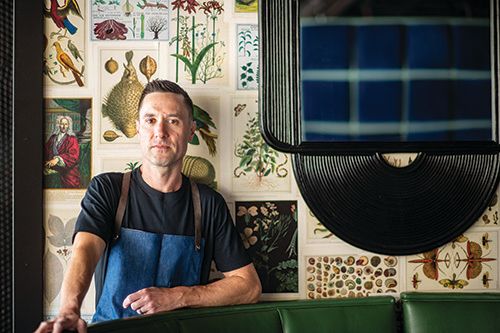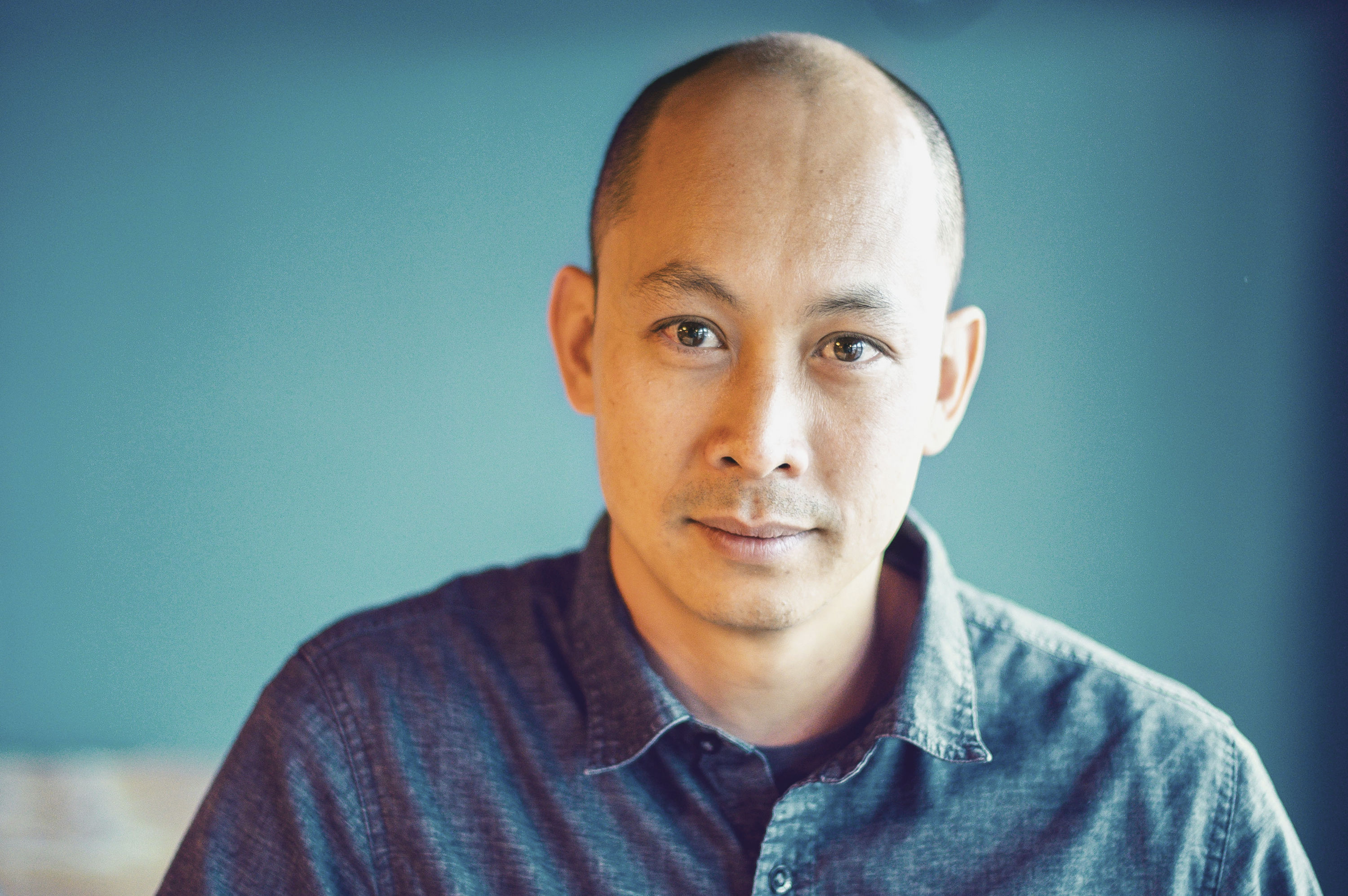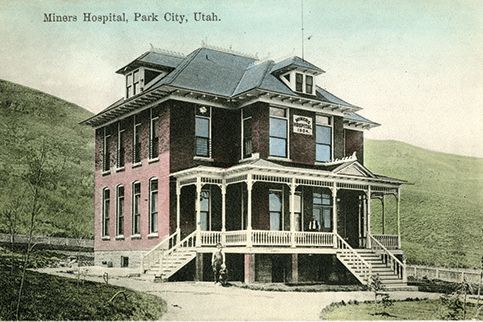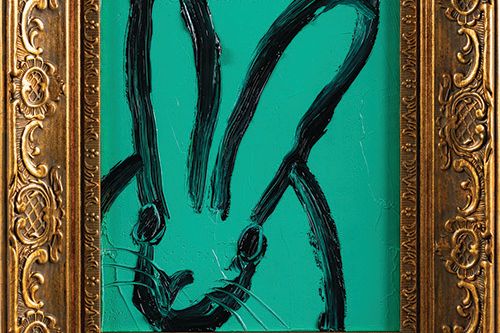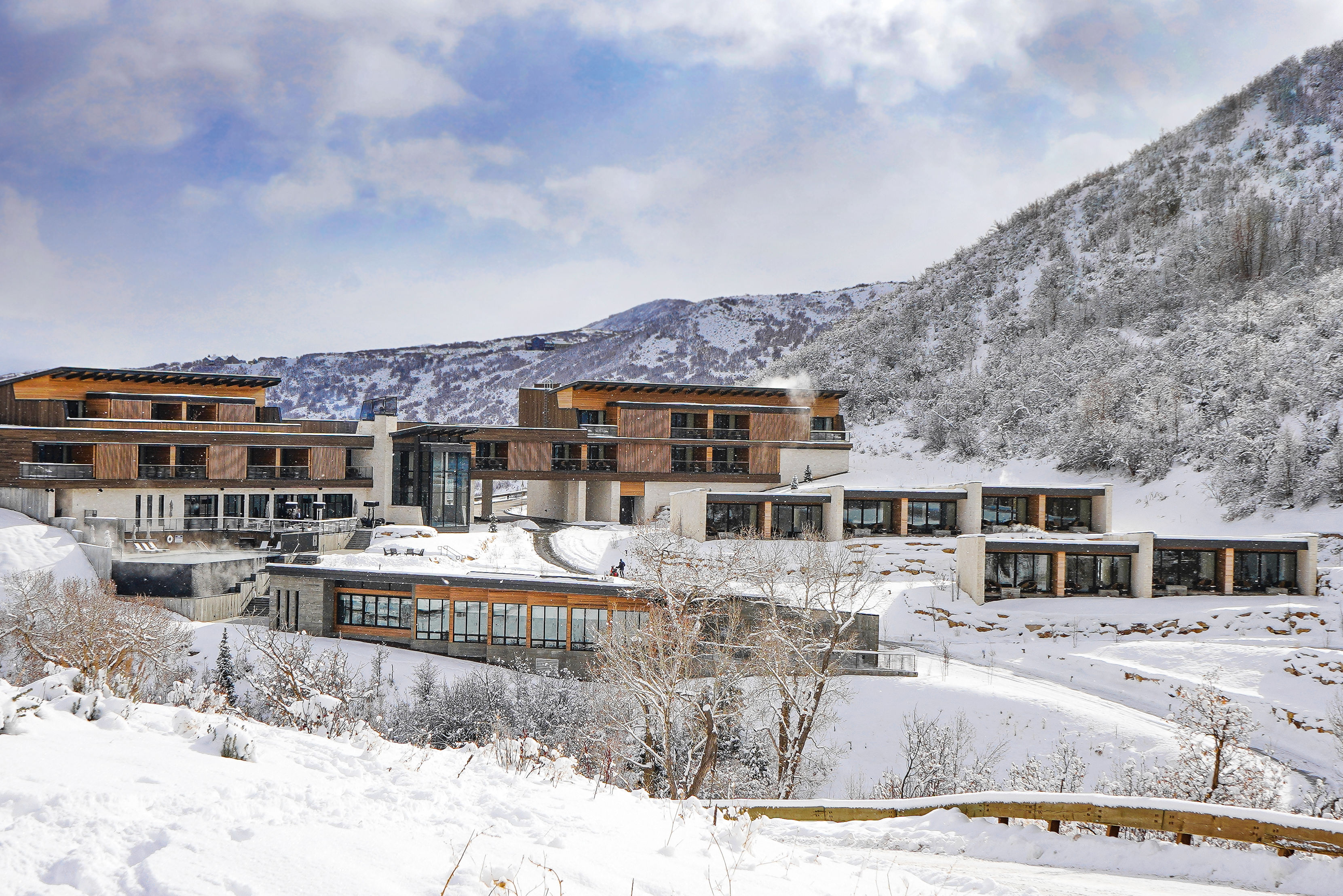Sundance Turns 40

The 2024 Sundance Film Festival will mark the iconic Park City event’s 40th edition.
For Sean P. Means, the longtime film critic for the Salt Lake Tribune, the magic of the Sundance Film Festival was captured the first time he walked into Park City’s Egyptian Theatre in 1992. Showing on the big screen was Clearcut, a Canadian independent feature film starring Graham Greene as an Indigenous vigilante protecting his people’s land from being overthrown by a greedy corporate conglomerate.
“It’s not a movie that people remember very much, but it was one of the more striking films I had seen,” says Means.
Even three decades ago, Sundance served as a platform for the underdogs and underrepresented. Bold independent movies sometimes not only scored six- or seven-figure distribution deals after they premiered at the festival, but became cinematic or cult classics, like Hoop Dreams, Reservoir Dogs, Four Weddings and a Funeral, CODA, Napoleon Dynamite, Eternal Sunshine of the Spotless Mind, and Sex, Lies, and Videotape.
“Sundance is for those movies that come out of nowhere, and that people can see for themselves and discover, and then tell everybody else,” says Means.
Today, Sundance is recognized as one of the premier international film festivals. Last year, over 4,000 feature films were submitted versus the 250 feature films submitted in 1992—the first year the Sundance Institute officially tracked such data. In addition to launching the careers of countless actors, directors, and writers, the festival has become a hotbed for lavish parties and large-scale marketing launches, attracting celebrities and tourists alike.

The crowds will return to Main Street when Sundance comes to town, January 18–28.
Image: Anjelica Jardiel,
The 2024 Sundance Film Festival in January will mark the iconic event’s 40th edition. “It’s an exciting time as we are celebrating a major milestone,” says Kim Yutani, director of programming at the Sundance Institute. “We will be tapping into the nostalgia from over the decades that highlights the incredible roots of Sundance. At the same time, we’ll be highlighting the emerging filmmakers joining the canon.”
Organizers for the historic festival are planning more affordable ticket passes for locals, curated online screenings, a large-scale gala, and a special edition merch line. They will also be paying homage to the festival’s most celebrated films, actors, and filmmakers over the years through special screenings and Beyond Film conversations.
The last four decades haven’t been without some growing pains. In recent years, the festival has had to navigate major challenges, from the global pandemic to the rise of streaming. “While the entire industry has experienced ebbs and flows, festivals consistently celebrate the movies, support their existence, and, for those of us invested in that goal, champion their continued place in the arts,” says Yutani, who has been with the Sundance Institute since 2006.
Looking ahead, Means admits he does not have a crystal ball but agrees that the future success of the festival will rest on artists’ desire to tell original and authentic stories. “You cannot live on Marvel movies alone,” he says. “Actors want to do something interesting and meaningful. You can’t just do blockbusters all day.”
Means notes that the core of the festival has kept its independent spirit alive. He saw that at the 1992 festival with Clearcut, and he saw it again with The Blair Witch Project in ’99. But most memorably, he saw it with Beasts of the Southern Wild in 2012—recalling the standing ovation after the opening screening as well as the buzz and chatter inside the shuttle buses and in Park City coffee shops the entire week after. That, he says, will always be the magic of the Sundance Film Festival.



